8 GPTs for Precision Farming Powered by AI for Free of 2026
AI GPTs for Precision Farming are advanced tools leveraging Generative Pre-trained Transformers technology, specifically tuned to enhance agricultural practices through precise data analysis, prediction, and decision-making capabilities. These tools process vast amounts of data, from soil health to weather patterns, to provide actionable insights for optimized crop management, pest control, and resource allocation. By integrating AI GPTs, precision farming can achieve higher productivity, sustainability, and profitability, highlighting the critical role of tailored GPT solutions in modern agriculture.
Top 8 GPTs for Precision Farming are: AI in Agriculture and Food Security GPT,蓝莓产能估算,Skyglypher,ATHENA - Field Solutions Expert ( Agriculture),AIOS Precision AgriTech Solutions,agricultural technologies,Farm Equipment,AgroTech Assistant
AI in Agriculture and Food Security GPT
Empowering agriculture with AI innovation.

蓝莓产能估算
AI-Powered Blueberry Yield Insights

Skyglypher
Empowering Precision Agriculture with AI

ATHENA - Field Solutions Expert ( Agriculture)
Empowering Sustainable Farming with AI
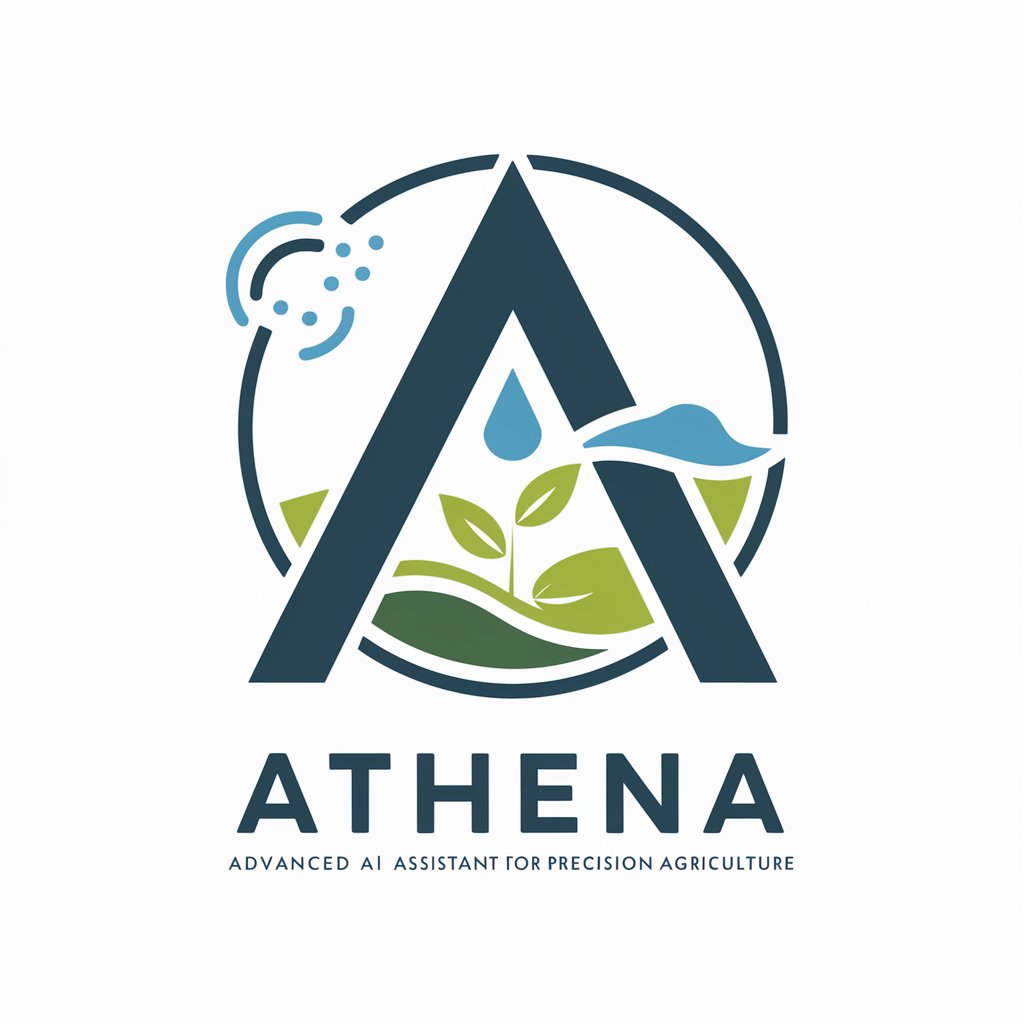
AIOS Precision AgriTech Solutions
Empowering Agriculture with AI-Driven Solutions
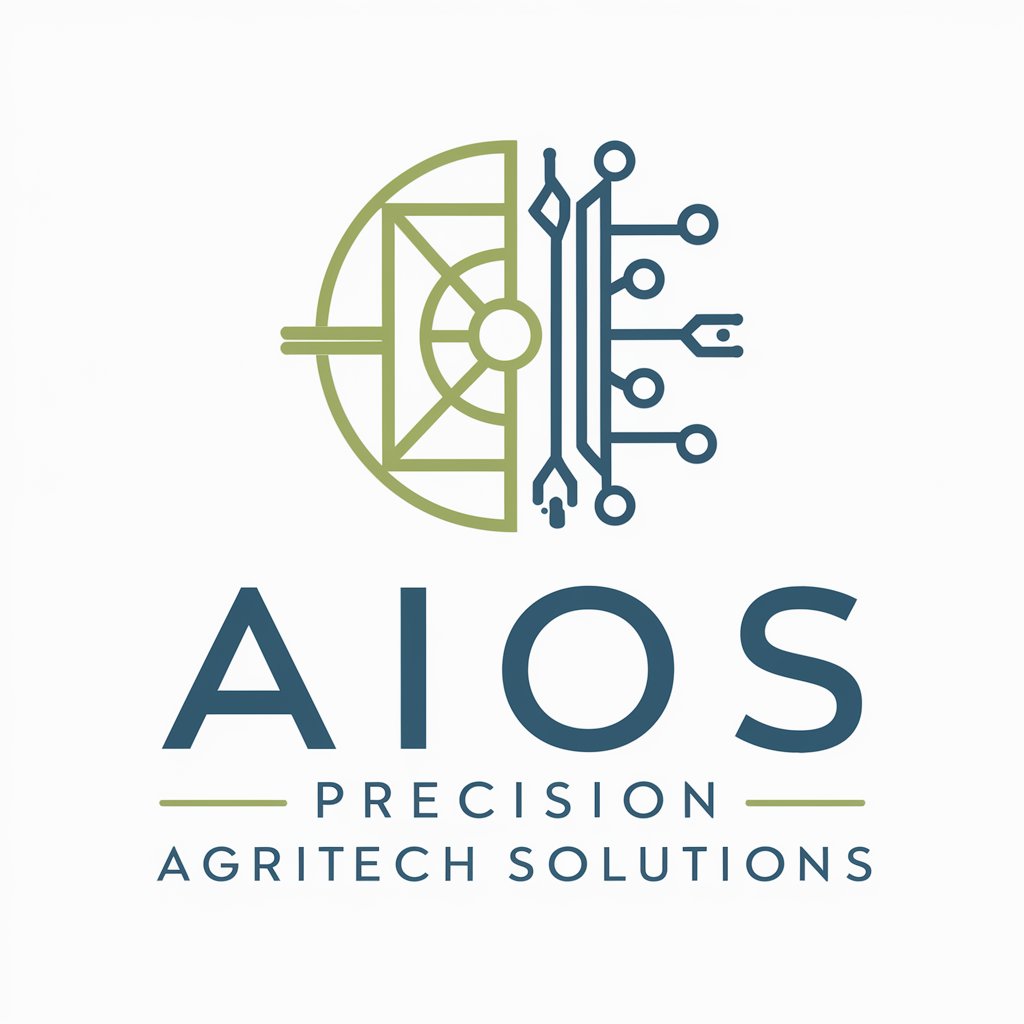
agricultural technologies
Powering Farms with AI Technology
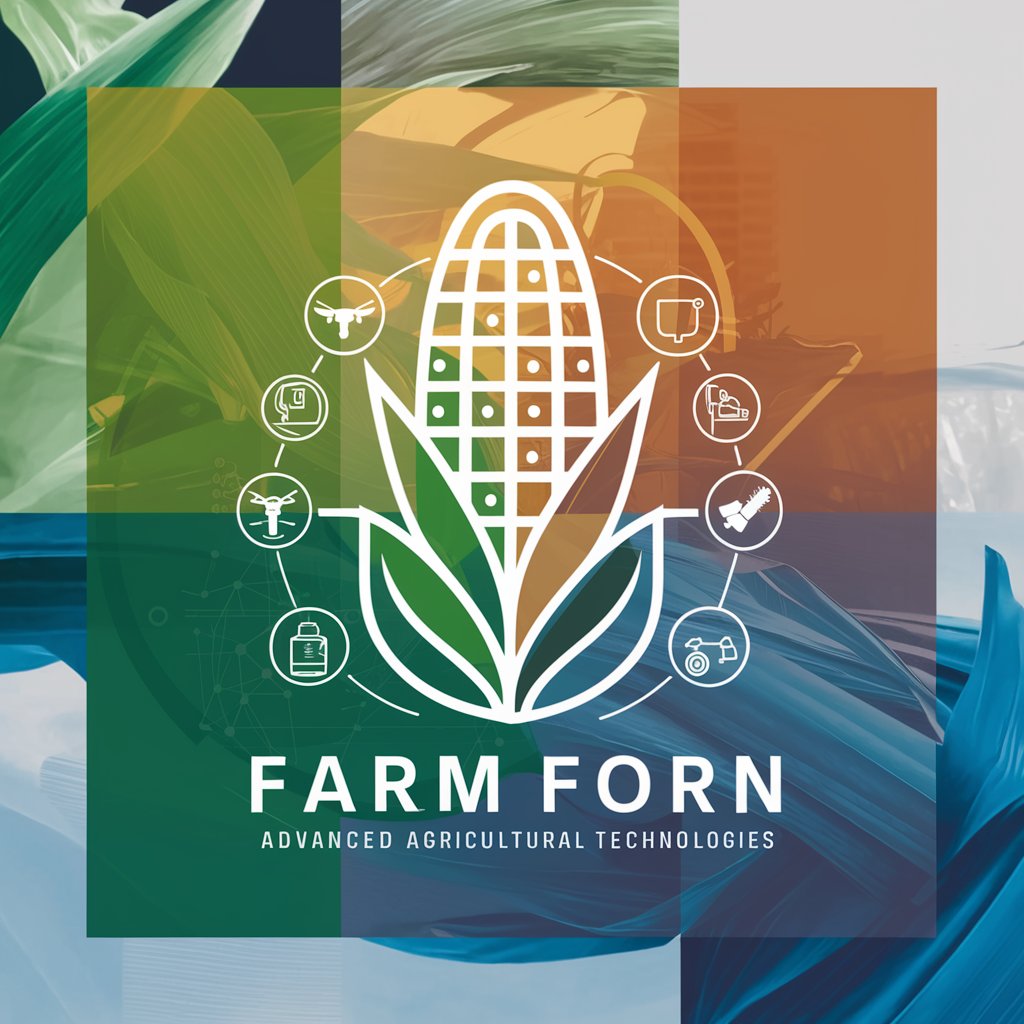
Farm Equipment
Empowering agriculture with AI-driven solutions
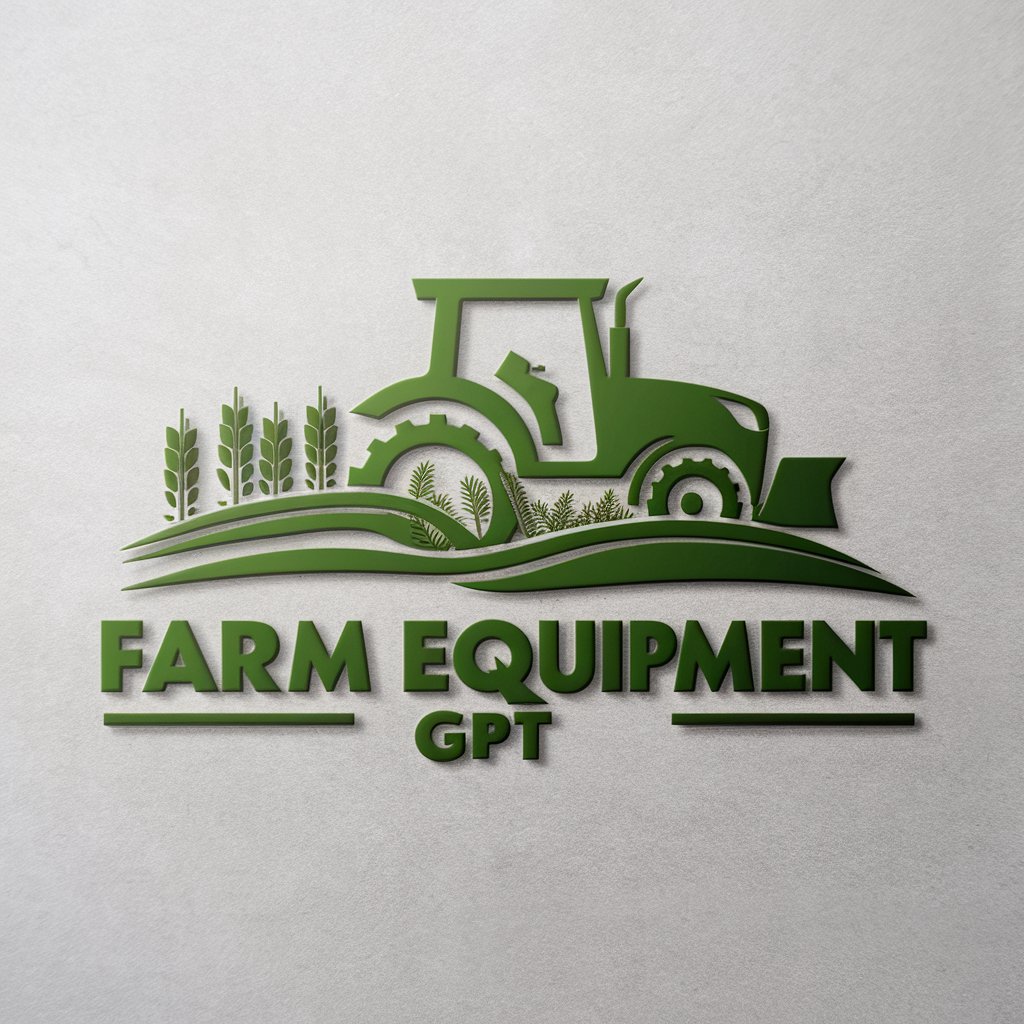
AgroTech Assistant
Optimize Farming with AI Insight
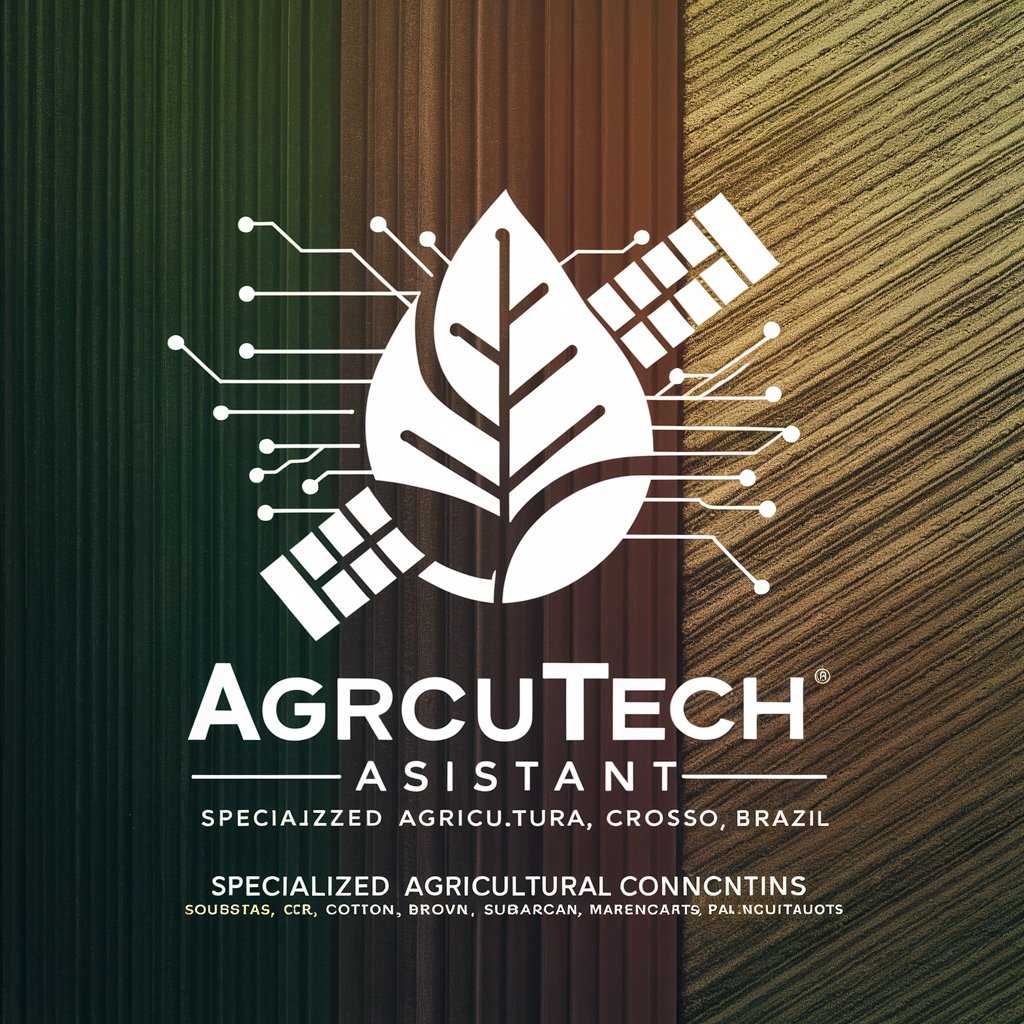
Key Attributes of AI GPTs in Agriculture
AI GPTs tools for Precision Farming stand out for their adaptability, supporting a range of functionalities from predictive analytics to automated advisory services. Key features include natural language processing for understanding and generating agricultural content, sophisticated data analysis for insights on crop health and environmental conditions, and image processing capabilities for satellite and drone imagery analysis. These tools are designed to evolve with user feedback, ensuring continuous improvement and customization to meet the specific needs of the precision farming sector.
Who Benefits from AI GPTs in Precision Agriculture
AI GPTs for Precision Farming are designed for a diverse audience, including farmers, agronomists, agricultural researchers, and agri-tech developers. They cater to novices by providing easy-to-use interfaces and to professionals through advanced customization options. With or without coding skills, users can leverage these tools to make informed decisions, streamline farming operations, and enhance productivity, demonstrating the versatility and accessibility of GPT technology in agriculture.
Try Our other AI GPTs tools for Free
AI Generation
Unlock the potential of AI with GPTs designed for AI Generation, offering versatile, user-friendly tools for novices and experts alike.
Senior Fitness
Discover how AI GPTs for Senior Fitness revolutionize elderly wellness with personalized, easy-to-use health and exercise solutions. Tailored for seniors, these tools make fitness accessible and enjoyable.
Profitability Increase
Discover how AI GPTs for Profitability Increase can transform your business with advanced analytics, automation, and personalized recommendations, tailored to optimize your operations and enhance your bottom line.
Seasonal Planning
Discover AI GPT tools for Seasonal Planning: Tailored solutions for optimizing seasonal strategies across industries, from marketing to agriculture. Leverage cutting-edge AI to streamline your planning today.
Government Data
Discover how AI GPTs for Government Data are revolutionizing governance with advanced analytics, user-friendly interfaces, and tailored solutions for improved decision-making and citizen engagement.
Personal Decoration
Explore how AI GPTs revolutionize personal decoration, offering tailored solutions for styling, design, and creativity, accessible to all.
Expanding Horizons with AI GPTs in Agriculture
AI GPTs are revolutionizing precision farming by offering customized solutions that enhance productivity and sustainability. Their user-friendly interfaces and compatibility with existing systems make them an invaluable asset for integrating advanced analytics into agricultural practices, ensuring that the sector remains at the forefront of technological innovation.
Frequently Asked Questions
What exactly is AI GPT for Precision Farming?
AI GPT for Precision Farming refers to the application of Generative Pre-trained Transformers technology to agriculture, offering solutions like data analysis, predictive modeling, and automated advisory services to optimize farming practices.
How do these tools benefit farmers and agronomists?
They provide precise, data-driven insights for better crop management, pest control, and resource allocation, leading to increased productivity, sustainability, and profitability.
Can non-technical users easily navigate these tools?
Yes, these tools are designed with user-friendly interfaces that require no prior coding knowledge, making them accessible to a wide audience.
Are there customization options for advanced users?
Absolutely, developers and technical users can access APIs and programming interfaces to tailor the tools to specific agricultural needs.
What makes AI GPTs unique in Precision Farming?
Their adaptability, ability to process vast datasets, and provide tailored solutions set them apart, along with capabilities like language understanding, image analysis, and continuous learning from user feedback.
Can these tools integrate with existing agricultural systems?
Yes, they are designed to be compatible with existing farming management systems, allowing for seamless integration and enhanced decision-making processes.
What kind of data do these tools analyze?
They analyze a variety of data, including soil health, weather patterns, crop conditions, and satellite imagery, to provide comprehensive insights.
How do AI GPTs evolve to meet user needs?
Through continuous learning from user interactions and feedback, these tools constantly improve and adapt to provide more accurate and relevant agricultural insights.